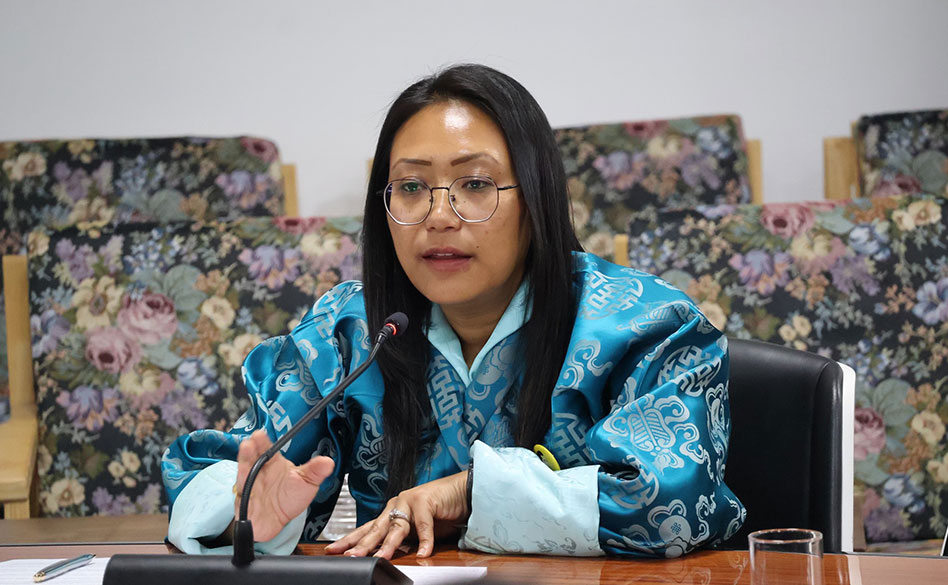KP Sharma
Amid debates over financial disparities between central and non-central schools, Education Minister Yeezang De Thapa has said that the goal is not to create inequality but to establish central schools as hubs of quality education.
Lyonpo said that while the ministry aimed to distribute the budget equitably, the large number of schools and limited resources made it challenging to adequately support all schools.
The concept of central schools was introduced to ensure selected institutions have improved infrastructure and services.
According to the Annual Education Statistics 2024, there are 540 public schools, of which 63 are central schools. Some smaller nearby schools within the radius of central schools are part of the central schools as junior campuses.
During a recent meet-the-press session, Lyonpo said that central schools would offer classes from pre-primary (PP) to class XII, with an intake capacity of 1,500 students and superior facilities.
“We will ensure sufficient teachers, and it will be up to the parents whether to enroll their children in central schools or not,” Lyonpo said.
While acknowledging that the government would not be able to equip non-central schools to the level of central schools, Lyonpo added that supporting schools should remain the ministry’s responsibility.
She further said that since the ministry will provide major support to central schools, dzongkhags and gewogs should allocate funds for schools from their respective plans.
The minister urged local governments to prioritise the education sector, just as they do with other sectors, stressing that diverting resources away from schools is unfair.
Although the ministry has been allocated Nu 3 billion in the 13th plan, one of the highest budgets among ministries, Lyonpo said that not all of it can be invested in developing infrastructure, as there are other projects to be implemented as well.
Regarding school closures, operating small schools with lower enrollment is costly and forces the ministry to stretch its limited resources. To make optimal use of these resources, some schools have been closed.
However, schools in geographically sensitive areas remain operational, even with lower enrollment rates.
As per the data from the ministry, 11 schools were downgraded in 2024, ranging from higher secondary schools (HSS) to primary schools (PS).
The downgrade included five PS in Dagana and Trongsa, which were converted to extended classrooms (ECR), two lower secondary schools downgraded to primary schools, and four HSS reduced to middle secondary schools (MSS).
While a new primary school was opened in Thimphu, the ministry closed eight schools last year, mostly primary and ECRs.


